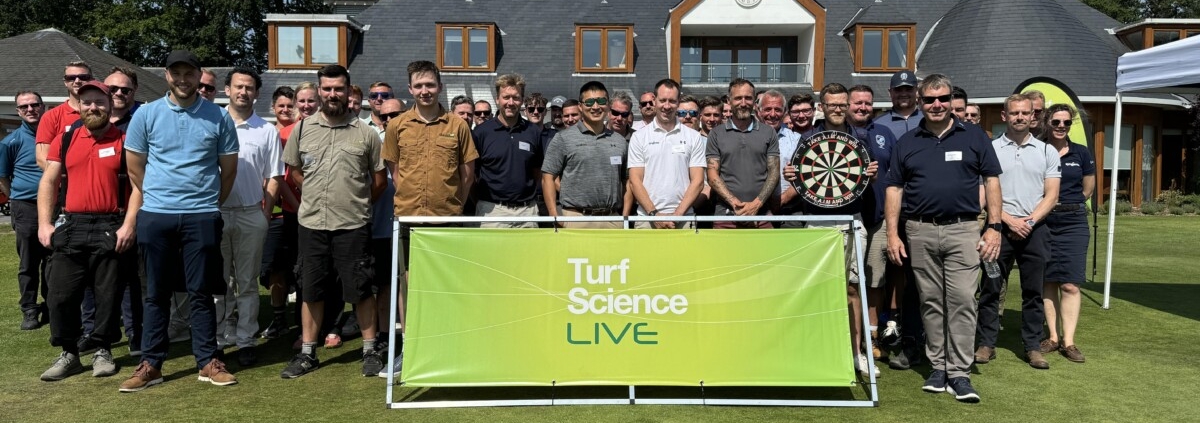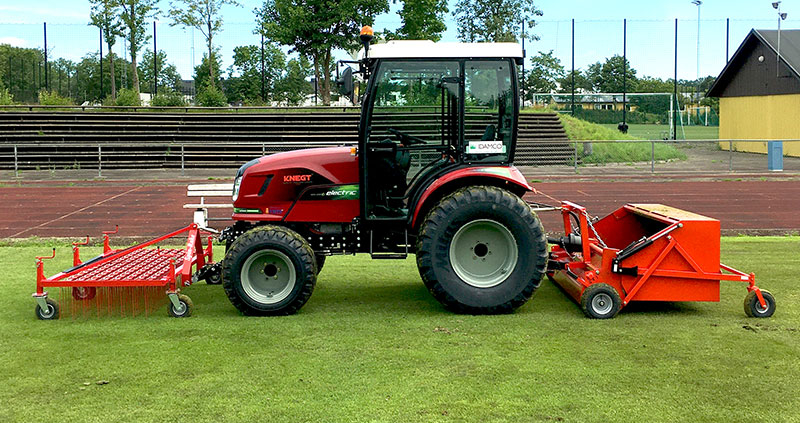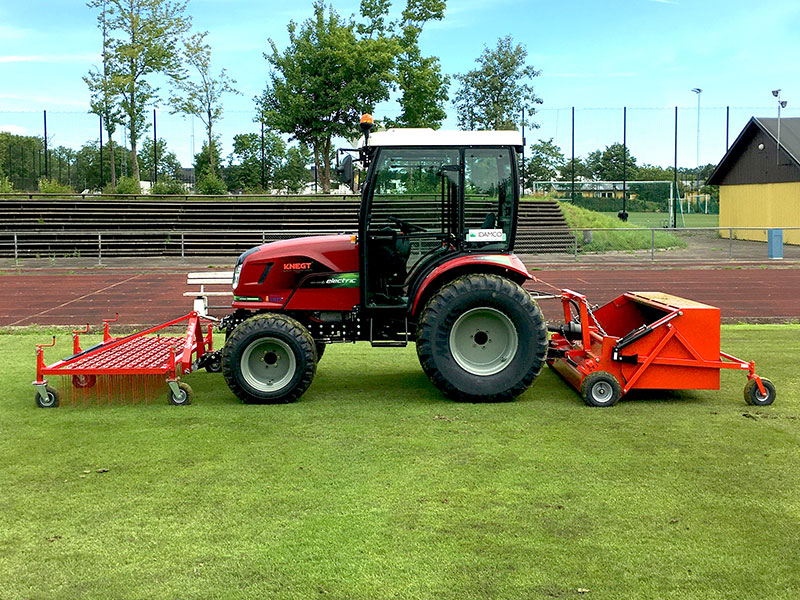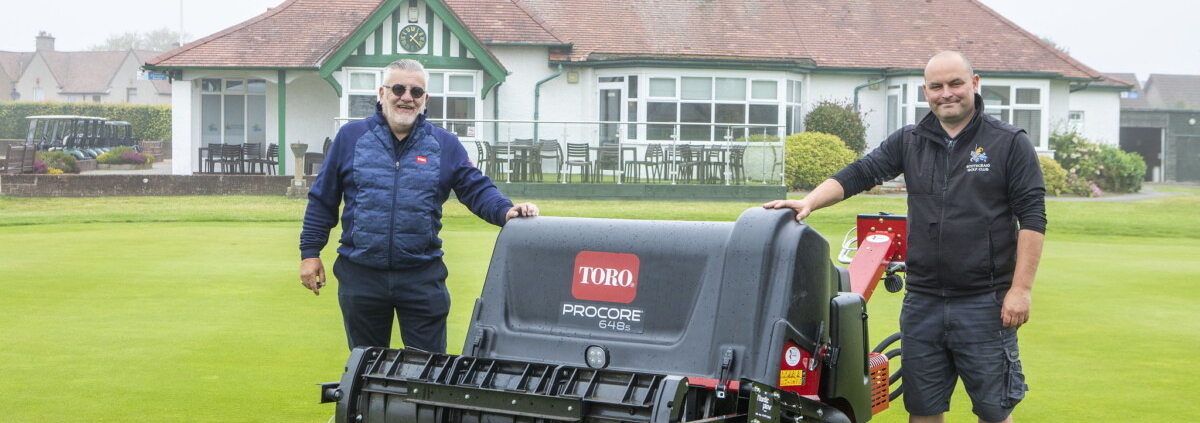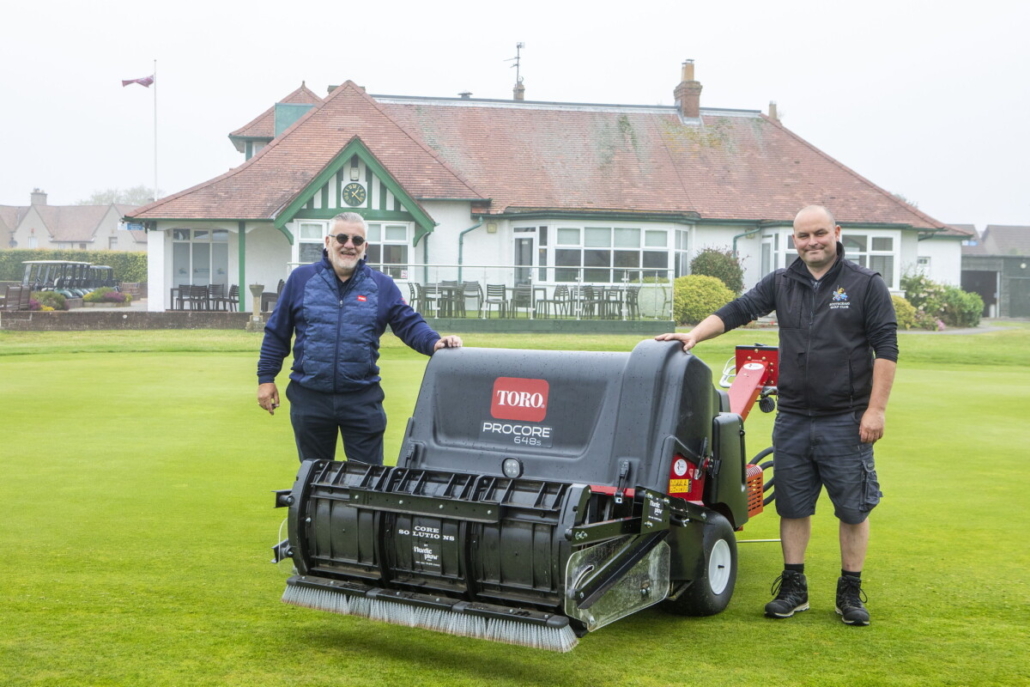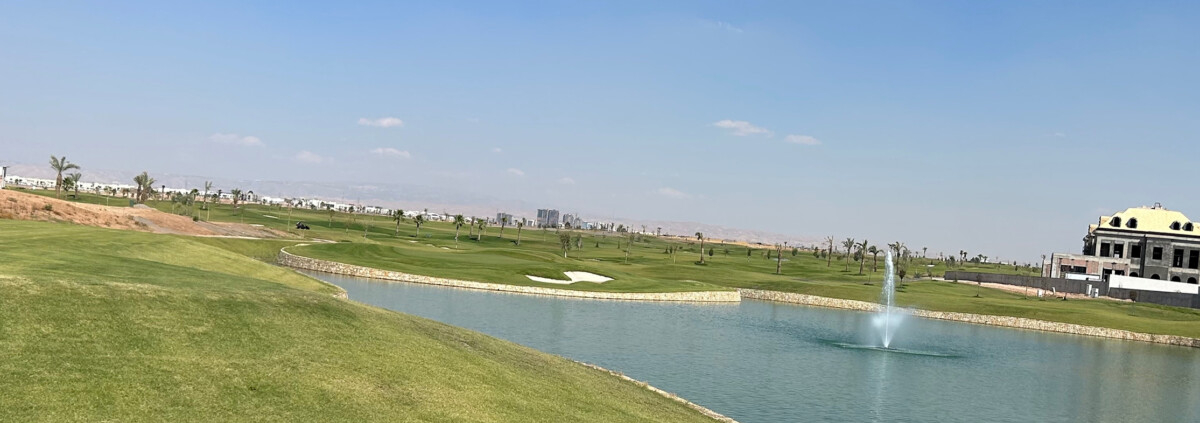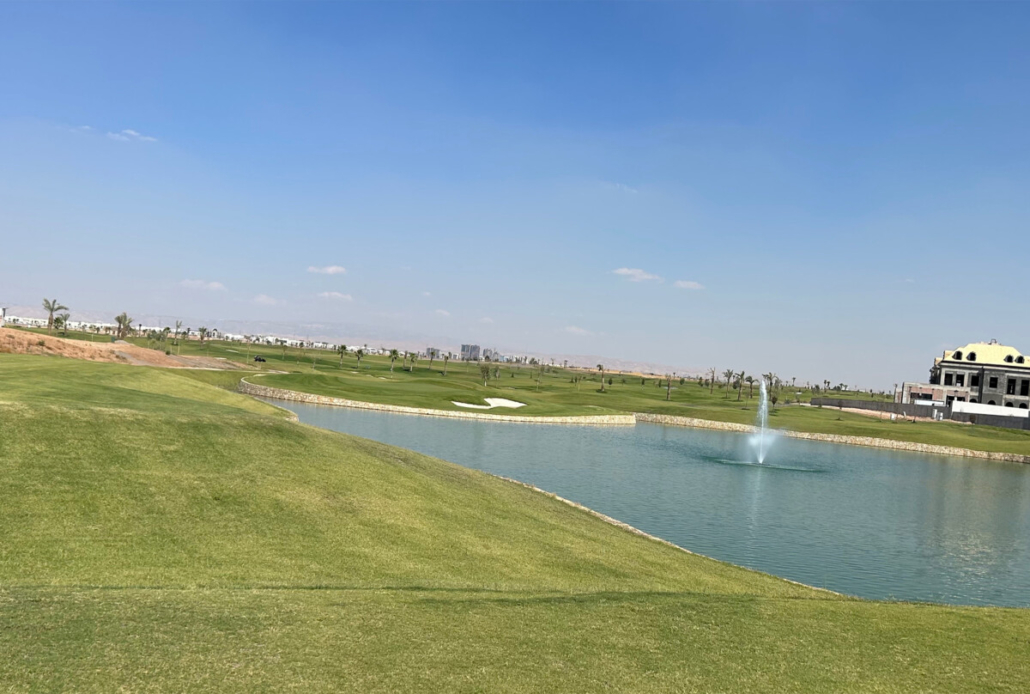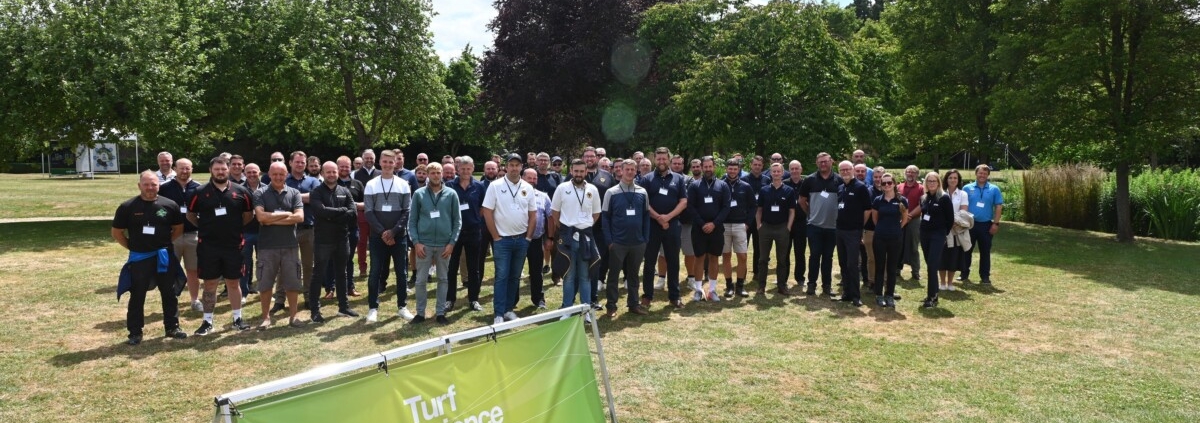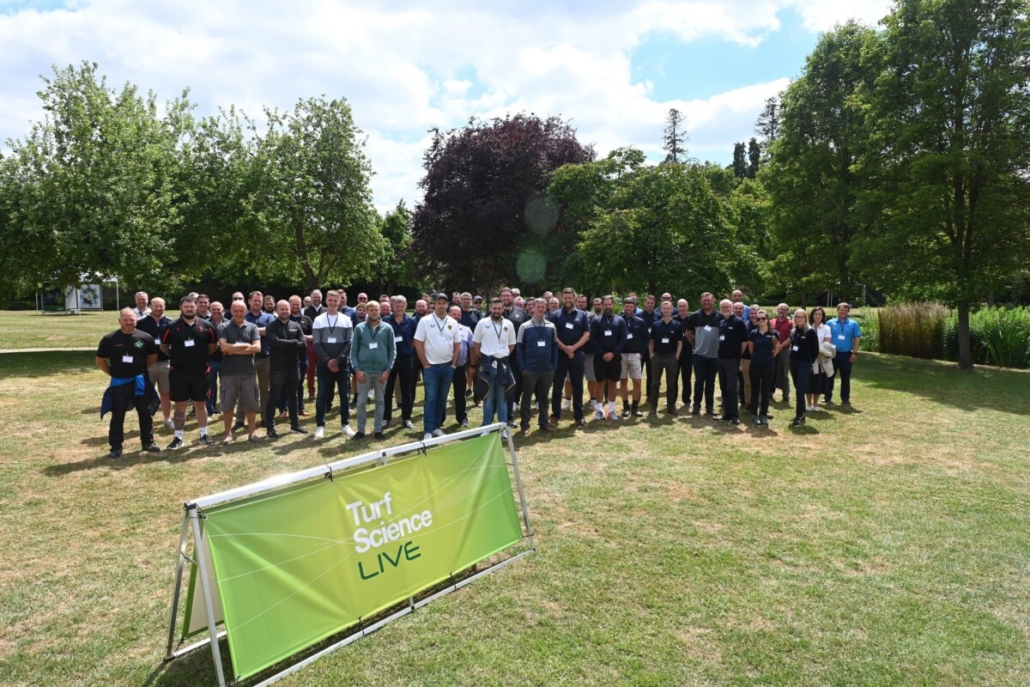Innovations and Solutions at Turf Science Live
Innovations and Solutions at Turf Science Live: The recent Turf Science Live event, held at North Hants Golf Club in Fleet, Hampshire, brought together golf course mangers and turf managers for a day of immersive learning and networking. Organised by ICL and Syngenta, the event, now in its fifteenth year, has consistently provided valuable insights and practical knowledge in the field of turf management.
The event featured several interactive stations designed to tackle the key challenges faced by turf managers. Ed Carter, ICL Business Manager, highlighted the importance of these hands-on experiences, stating, “Turf Science Live showcases what ICL and Syngenta are developing in terms of research and development. It provides a platform for customers to share their challenges and feedback, enabling us to explore potential solutions that can help them in their pursuit of performance.”

Innovations and Solutions at Turf Science Live
The stations covered a variety of topics, including moisture management, Dollar spot, organic fertilisers, and precision nutrition. Eric Chen, Syngenta Technical Manager for biologicals research, led a station focused on water management.
He underscored the importance of understanding effective irrigation practices, explaining, “With climate change, turf grass can lose a lot of water due to sun radiation and wind. However. over-irrigating can be just as detrimental as not irrigating at all. Our goal is to educate attendees on why, how, and when to apply wetting agents and new technologies for effective water resource utilisation.”
The event provided a platform for industry professionals to discuss the latest developments in turf management. Dr Andy Owen, International Technical Manager for ICL, presented on the benefits and considerations of soil organic matter, the sustainability of organic fertilisers and their performance and marketing strategies.
Phil Collinson, Sales & Business Development Manager emphasised the importance of precision nutrition and showcased ICL’s latest research and development advancements in fertiliser and application technology, aimed at helping end users achieve optimal results.
Another highlight was the station on Dollar spot, a fungal disease increasingly affecting golf courses due to changing weather patterns. Sean Loakes, Technical Manager for Syngenta, shared his expertise on managing the disease, stating, “Dollar spot is on the rise, and our trials this year have focused on how we can control it. It’s really valuable to discuss these challenges face-to-face with turf managers, hearing their concerns and sharing solutions.”
Attendee Jack McKay from Wickham Golf Club found the sessions particularly useful, saying, “I came because I was looking for some education on ICL and Syngenta products, but also to network and meet other people. The Dollar spot station stood out for me. It was good to find out a few different ways of attacking the problem and brainstorming ideas.”
Kevin Glazier of Pine Ridge Golf Club echoed this sentiment, appreciating the opportunity to stay ahead of industry trends. “I came to see where the future of greenkeeping is going and what new products are on the horizon. Just yesterday, I had some Dollar spot appear on my greens, so that station was very helpful in terms of understanding how to manage it.”
Stefan Carter from Wentworth Golf Club found the organic fertiliser station beneficial, “I very much enjoyed listening to Andy Owen talking about organic fertilisers; he is someone I could listen to for hours, so it was good to get that insight and pick up some tricks and tips.”
The networking aspect of Turf Science Live was equally valuable. Barry West from Royal Winchester Golf Club appreciated the interactive format, noting, “Turf Science Live is always engaging, interactive, and excellent for career development. Everyone has been really enthusiastic about the topics, and it’s great to see both new and familiar faces.”
Sarah Hughes, Syngenta Business Manager Turf & Landscape, summed up the event’s success, saying, “It has been a fantastic day with a lot of pertinent discussion around some hot topics. The feedback has been excellent, and it encourages us to continue these events.”
Please contact ICL on 01473 237100 or visit www.icl-growingsolutions.uk and www.icl-growingsolutions.ie if you are in Ireland.
For more news and insightful views, you can follow ICL on Twitter @ICL_Turf
For the latest industry news visit turfmatters.co.uk/news
Get all of the big headlines, pictures, opinions and videos on stories that matter to you.
Follow us on Twitter and Instagram for fun, fresh and engaging content.
You can also find us on Facebook for more of your must-see news, features, videos and pictures from Turf Matters.

